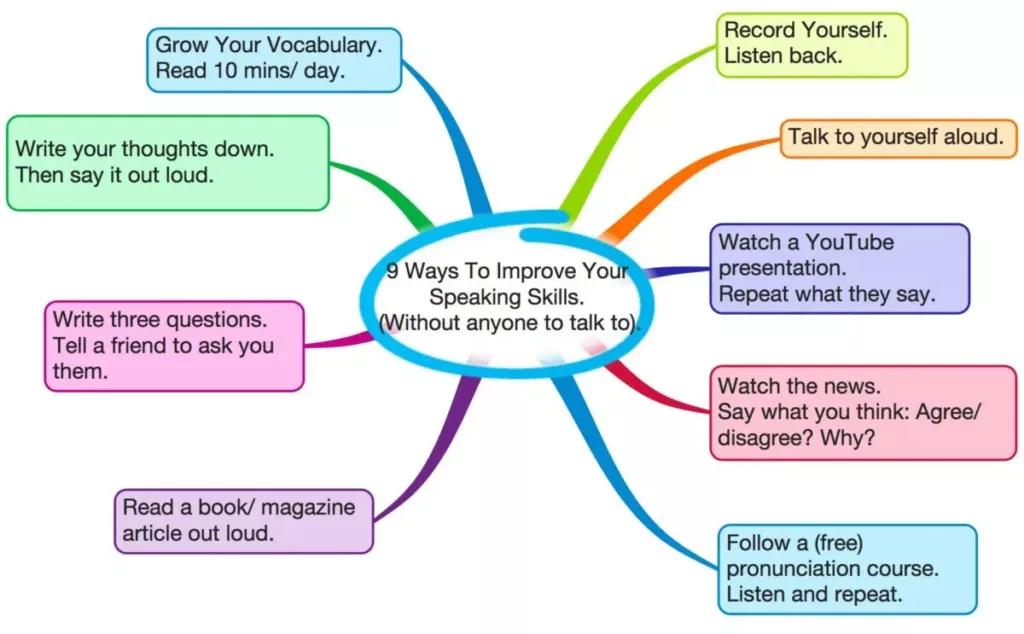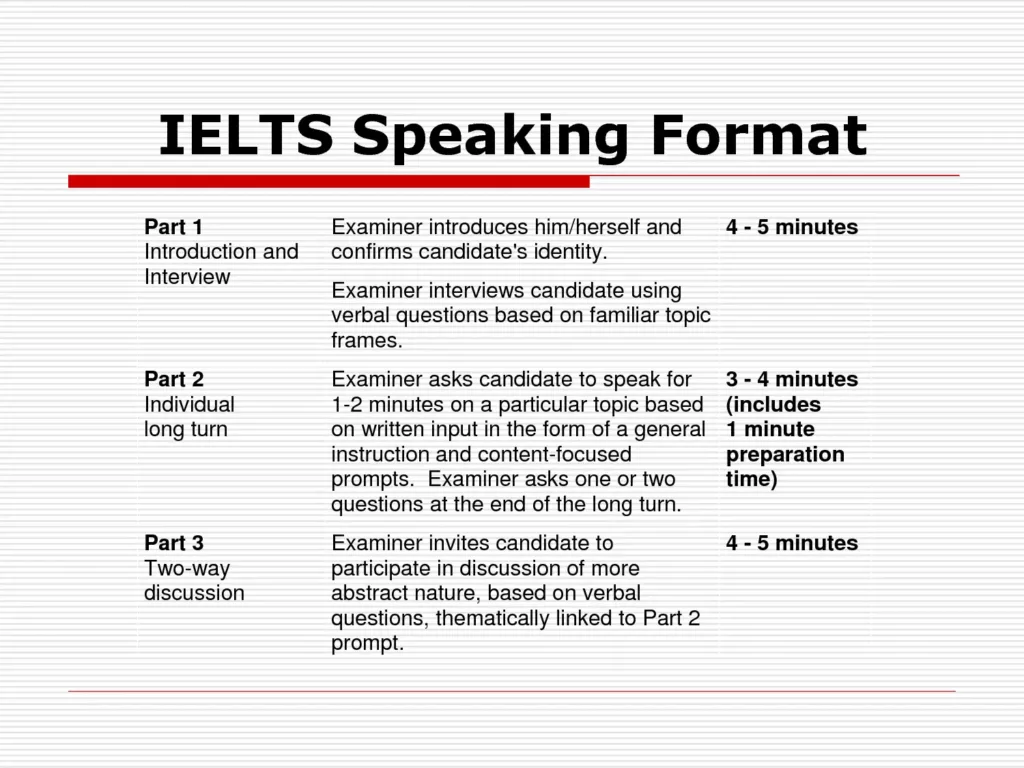Welcome to “Mastering English: Fast-Track Fluency for the Busy Learner.” This book is your ultimate guide to achieving fluency in English in a short period. It promises to take you on a transformative journey from where you are to where you aspire to be in your English language proficiency. Compiled by Ken Xiao, a non-native speaker who mastered English to a level indistinguishable from native speakers, this book is a testament to the fact that with the right mindset, effective methodology, and consistent effort, it is indeed possible to achieve fluency.
Read more:
Mastering Phrasal Verbs: An Intermediate Guide to Fluent English
4000 Essential English Words: A Comprehensive Guide to Mastering English Vocabulary
Mastering English: A Comprehensive Beginner’s Guide to English Sentence Structure
Chapter One: The Current Landscape of English Learning: Discussing common struggles and misconceptions about learning English.
English is one of the most complex languages in the world, which makes it difficult to learn. In Chapter One, we explore the current landscape of English learning and the common struggles that learners face. Many non-native speakers are under the impression that English is easy, but soon realize the struggles and misconceptions that lead to confusion. It’s important to discuss these challenges and myths to help learners overcome obstacles and succeed in their language journey. So, let’s dive into the common struggles and misconceptions about learning English and how they can be addressed.
Chapter Four: The Effective Method for Learning English: Introduction and detailed explanation of the proven methodology for mastering spoken English.

Chapter Four of this book offers a comprehensive guide on the effective method for learning English. The chapter delves deep into the proven methodology for mastering spoken English. It provides a detailed explanation of the step-by-step process of how to learn, understand and speak English with ease. The methodology outlined in this chapter not only simplifies the learning process but also ensures that learners are equipped with the necessary skills to speak English naturally. Readers will benefit immensely from the insightful tips and strategies highlighted in this chapter. It is a must-read for anyone who wants to achieve fluent English-speaking capability.
Chapter Five: Phonetics – The Heartbeat of English: Deep dive into the world of English phonetics and its importance.

In Chapter Five, Phonetics – The Heartbeat of English, readers embark on a deep dive into the intricate world of English phonetics. As one of the fundamental aspects of language, phonetics is the study of speech sounds and how they are produced and perceived. Understanding phonetics is crucial in developing accurate pronunciation and clear communication skills, both of which are essential in various personal, academic, and professional contexts. Through this chapter, readers can expect to explore the different phonetic sounds, their symbols, and how they form words, phrases, and sentences. At the end of the chapter, you’ll have a newfound appreciation for the importance of phonetics and the impact it has on your everyday life.
Chapter Six: Mastering English Grammar: Breaking down English grammar rules and their proper usage in speaking.

In Chapter Six: Mastering English Grammar, we delve into the intricate and often confusing world of English grammar rules and their proper usage in speaking. Whether you are a native speaker or someone who learned English as a second language, understanding the nuances of grammar can greatly improve your communication skills. We break down everything from sentence structure to punctuation, providing clear explanations and examples to help you master even the most complex concepts. By the end of this chapter, you will feel confident in your ability to communicate effectively and efficiently, thanks to your newfound knowledge of English grammar.
Chapter Seven: Building Vocabulary: Strategies for expanding your English vocabulary.

English is a complex language and expanding your vocabulary is an essential part of improving your communication skills. Chapter Seven: Building Vocabulary is a great resource to help you achieve this goal. The chapter provides strategies to help you identify unfamiliar words and phrases, develop a solid understanding of their meanings and usage, and incorporate them into your daily conversations. Whether it’s through reading books, watching movies, or listening to podcasts, the chapter encourages you to immerse yourself in English to expand your vocabulary. Using these strategies, you’ll be able to build your word bank and communicate more effectively in no time.
Chapter Eight: Effective Listening for Improved Speaking: Understanding the role and techniques of effective listening in enhancing speaking skills.

Effective listening is a crucial skill for anyone wanting to improve their speaking skills. In Chapter Eight of our speaking skills guide, we delve into the techniques of active and attentive listening. By focusing on the speaker and their message, without interruption or distraction, you can truly understand their perspective. This not only leads to better communication but also enhances your own ability to express yourself. When you actively listen to others, you gain valuable insights and ideas that can improve your own speaking skills. So, whether you are giving a presentation, engaging in a conversation, or just listening to a colleague, mastering the art of effective listening can take your speaking skills to the next level.
Chapter Nine: Speaking Practice Techniques: Practical methods and exercises to enhance English speaking skills.

Chapter Nine of any English language learning book is a crucial chapter for those who want to enhance their speaking skills. This chapter comprises various speaking practice techniques that are practical and helpful. These exercises are specially designed to improve your vocabulary, grammar and pronunciation skills. Some of the techniques included in this chapter are word association, tongue-twisters and storytelling. By incorporating these exercises into your daily routine, you will not only enhance your speaking skills, but also boost your confidence. With regular practice, you can easily master the techniques explained in Chapter Nine and become more fluent and articulate in English.
Chapter Ten: Overcoming Speaking Anxiety: Strategies to overcome fear and shyness when speaking English.
For many English language learners, fear and shyness can be major obstacles when it comes to speaking with confidence. Fortunately, there are strategies that can help overcome these challenges. One helpful resource is Chapter Ten of the guidebook “Overcoming Speaking Anxiety.” This chapter provides practical tips and exercises designed specifically to help learners combat their fears and build their confidence. By focusing on relaxation techniques, visualization, and realistic goal-setting, learners can gradually build their speaking skills and conquer their fears. Whether you’re just starting out or looking to overcome long-standing anxieties, these strategies can help you become a more proficient and confident English speaker.
Chapter Eleven: Living the Language: How to immerse yourself in the language and make English a part of your daily life.

Living the language, as discussed in Chapter Eleven, is about bringing English into all aspects of your daily life. It’s not just about studying vocabulary or reading textbooks, but about immersing yourself in the language. One way to do this is by changing the settings on your phone or computer to English. This will force you to interact with everyday technology in English, helping you learn new words and phrases while also getting more comfortable using the language. Another suggestion is to listen to English-language podcasts or watch English-language TV shows and movies. By doing so, you can improve your listening skills and pick up on new expressions and idioms. The key is to make English a part of your daily routine. Whether it’s listening to music, reading books, or watching the news, incorporating English into your everyday life will help you develop fluency and achieve your language goals.
Chapter Twelve: The Journey Ahead: Preparing for the ongoing journey of English fluency after the six-month course.
As you near the end of your six-month English course, it’s crucial to remember that this is just the beginning. Chapter Twelve of your textbook, appropriately titled “The Journey Ahead,” highlights the importance of continuing to develop your language skills long after the course is over. While you may feel accomplished and confident in your abilities thus far, it’s essential to recognize that fluency is a process that requires ongoing practice and dedication. You may want to consider joining a conversation group, reading English books or articles regularly, or even seeking out a tutor for additional support. Don’t let the end of this course be the end of your English journey. Keep pushing forward and striving for fluency, and you’ll undoubtedly see continued progress and success.


Speaking English